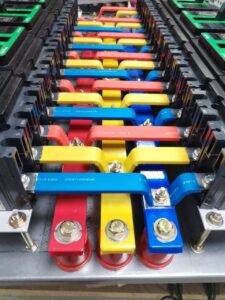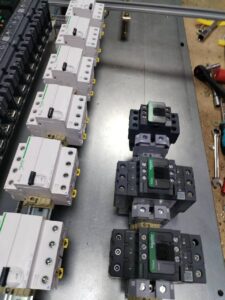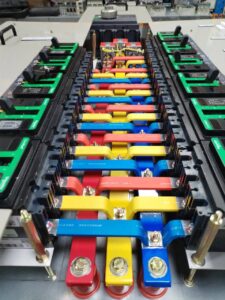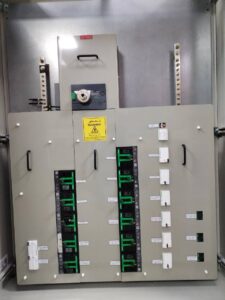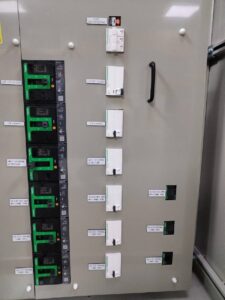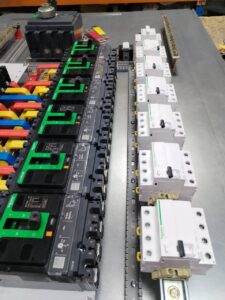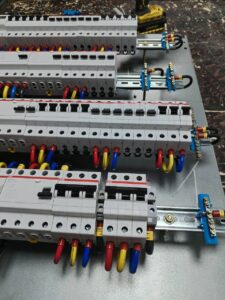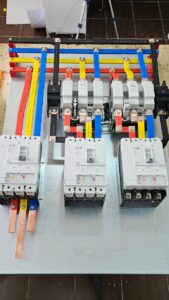Current Injection
The primary current injection tester is a specialized tool used to evaluate the performance and protection of key components in medium- and high-voltage electrical systems.
The device injects a precisely controlled, high-value electrical current directly into the primary circuit (high-current side) of the component to be tested. This procedure simulates normal operating conditions and potential fault conditions, allowing realistic evaluation of the response of components such as circuit breakers, protective relays, contactors, and transformers.
The primary current injection device is set to determine the current to be injected, the injection duration, and the waveform (AC/DC).
Benefits of Initial Current Injection Testing:
- Ensuring proper operation of protective devices: Ensure circuit breakers and protective relays will trip when faults occur to protect equipment and personnel.
- Verifying the correct tripping time: Ensure that protective devices trip at the specified time according to specifications to minimize fault damage.
- Coordinating protective devices: Ensure that the protective device closest to the fault trips first to avoid disconnecting unnecessary parts of the system.
- Detecting weak connections and conductor problems: Identifying any weak points that could lead to overheating or power loss.
- Evaluating the condition of transformers: Checking the transformer’s transformation ratio and magnetic current.
- Preventive maintenance and early troubleshooting: Detecting any performance deterioration before sudden faults occur.
- Efficient fault diagnosis: Facilitating the identification of the cause and location of a fault when it occurs.
- Verifying the performance of new or modified systems: Ensure that all protection components are operating properly after installation or modification.
- Compliance with standards and regulations: Meet legal and regulatory requirements related to the maintenance of electrical protection systems.
- Increased electrical system reliability: Reducing the likelihood of unplanned power outages.
Problems resulting from not regularly checking initial current injection:
- Failure of protective devices to operate when required: Failure to disconnect breakers and relays when faults occur, leading to equipment damage, fire risk, and personnel danger.
- Delayed tripping of breakers: Extends the duration of faults and exacerbates damage.
- Lack of coordination between protective devices: Unnecessarily disconnects large parts of the system when a small fault occurs.
- Overheating of connections and conductors: Risk of fires and power loss.
- Undetected deterioration of transformer performance: Efficiency problems or even complete failure.
- Increased likelihood of sudden failures: Potential problems not detected early.
- Difficulty in determining the cause and location of faults: Extends repair time and increases costs.
- Lack of assurance about the safety of new or modified systems: Potential operational risks.
- Non-compliance with standards and regulations: Legal and regulatory consequences.
- Reduced system reliability and increased outage periods: Negative impact on operations and productivity.
- Increased risk of electrical accidents and injuries.
